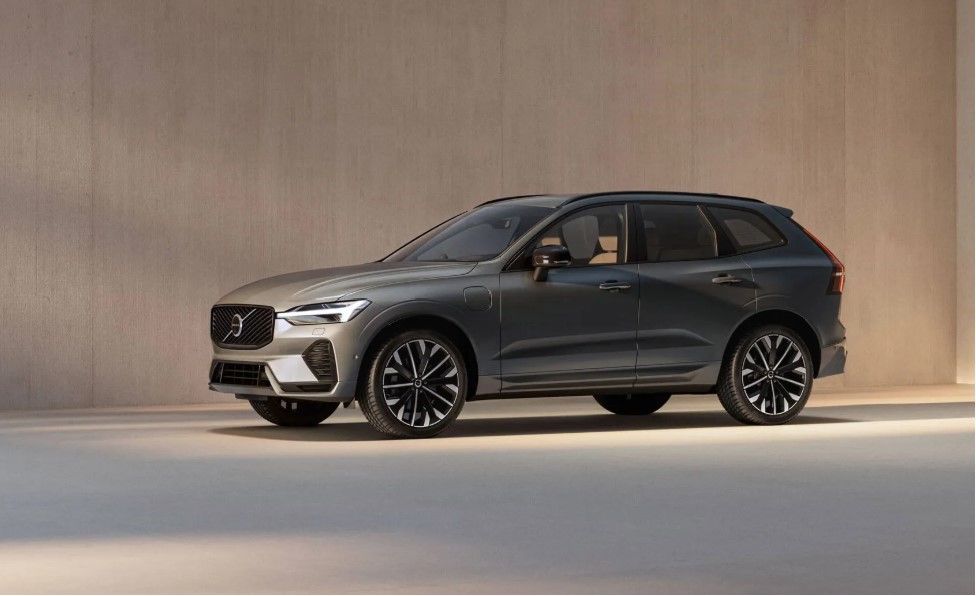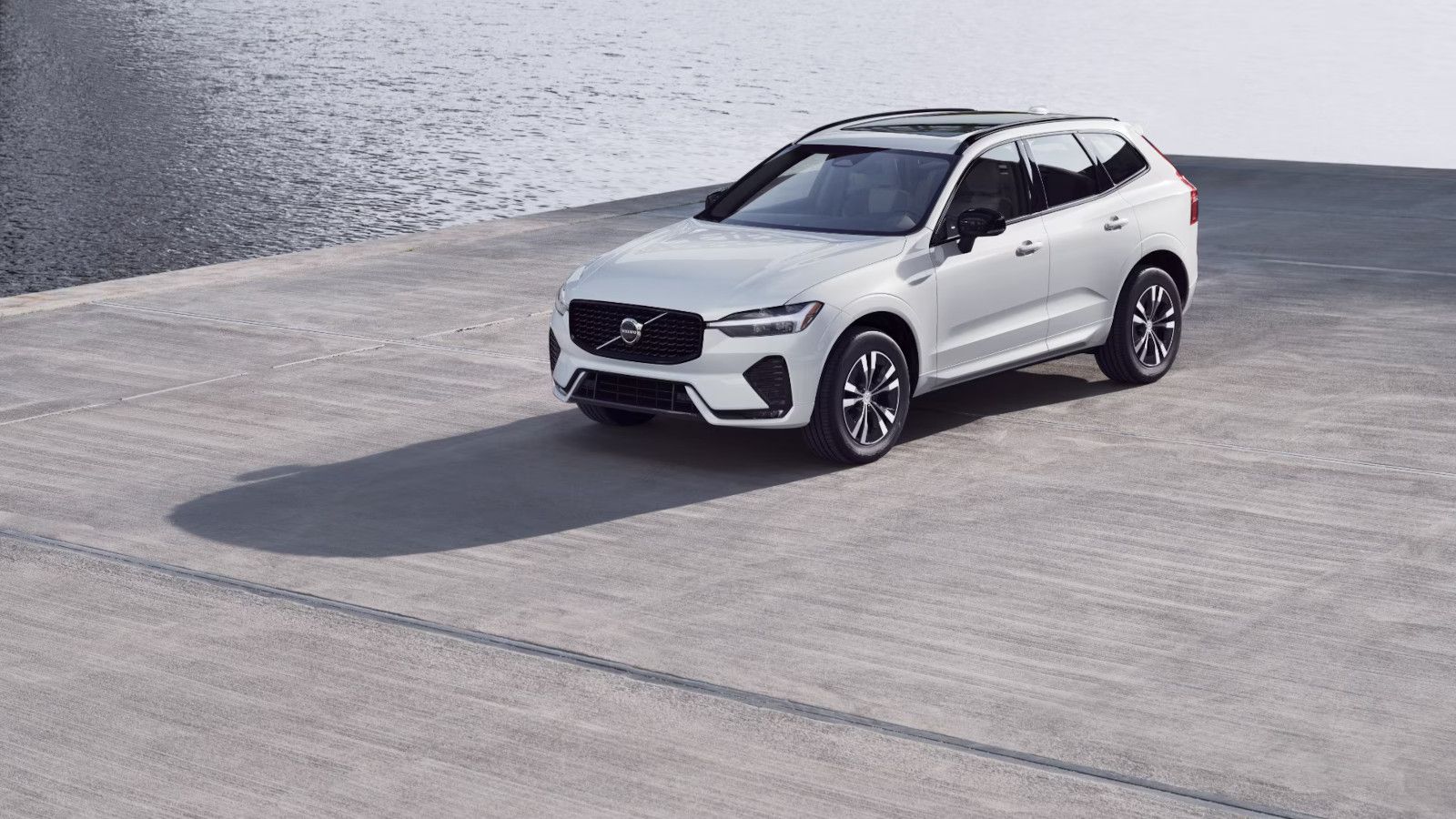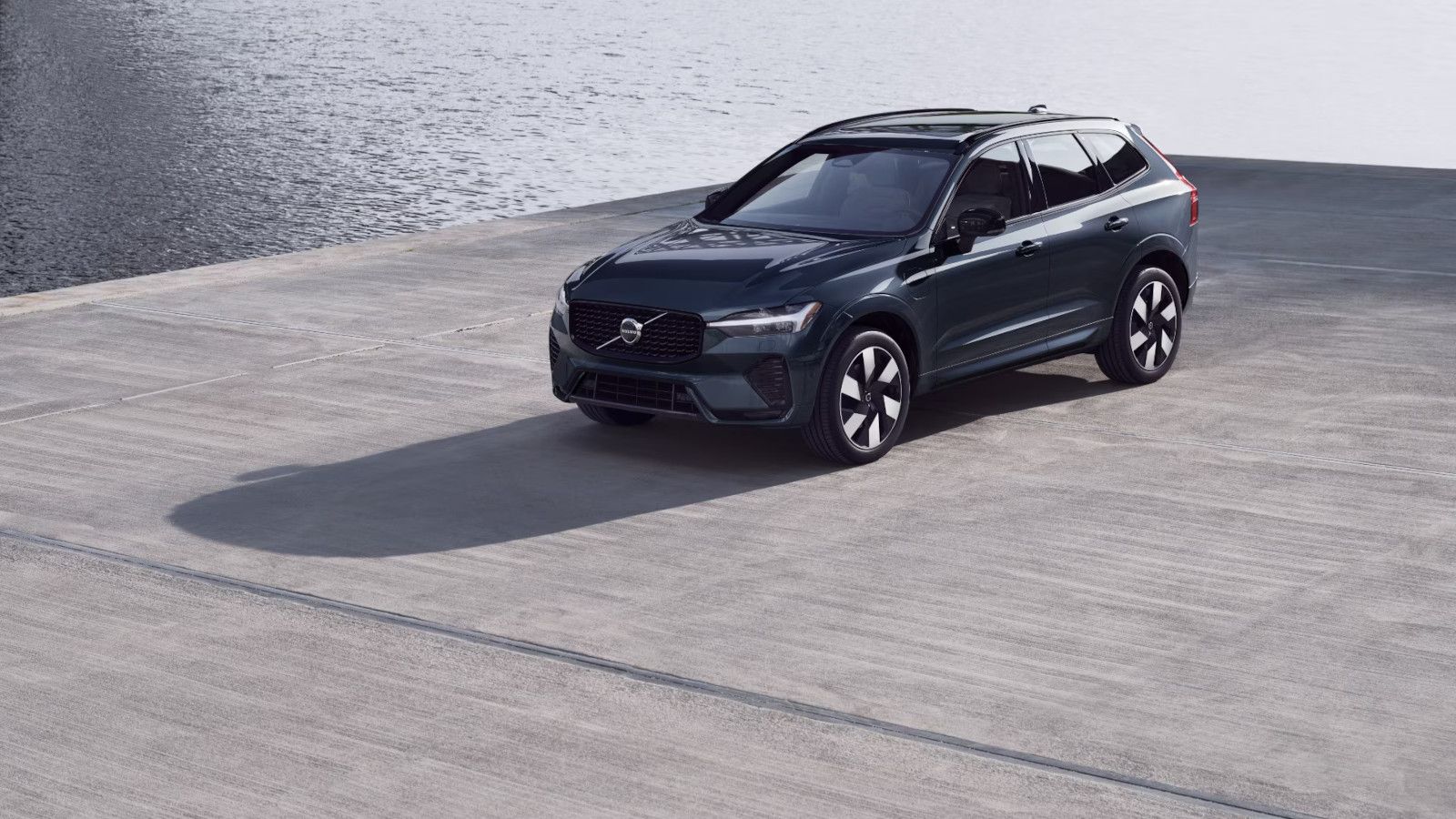
Discover the 2026 Volvo XC60 in Canada: Scandinavian Luxury Meets Urban Sophistication
Volvo Cars Toronto is proud to introduce the 2026 Volvo XC60, the premium midsize SUV reimagined for modern Canadian lifestyles. Blending...
Read moreVolvo Cars Toronto
Volvo's upcoming release, the Volvo EX90, marks a significant leap forward in the realm of assisted driving technology and sets the stage for the future of autonomous driving. At the core of this advancement is the integration of Google HD Maps, a meticulously crafted map system tailored for automakers, which promises to redefine the driving experience with unprecedented detail and accuracy.
A Fusion of Cutting-Edge Technology
The Volvo EX90 is not just a vehicle; it's a complex ecosystem where various technologies converge to ensure safety and comfort. Lidar, cameras, and radars work in unison to create a comprehensive understanding of the vehicle's immediate and distant surroundings. However, to elevate assisted driving technologies and pave the way for autonomous driving, there's a need for an intricate recognition of the environment. This is where Google HD Maps comes into play, offering a level of detail that's critical for advanced driving assistance systems.
Google HD Maps: Revolutionizing Road Awareness
Developed specifically for car manufacturers, Google HD Maps provides an intricate and constantly updated representation of roadways. Volvo Cars, in a continued partnership with Google and alongside its strategic affiliate Polestar, stands at the forefront of adopting this technology, debuting it in the Volvo EX90 and Polestar 3. The integration of Google HD Maps into the Volvo EX90 is more than just a feature; it's a synergy where high-precision lane-level data and localization information from Google are combined with data from the EX90's industry-leading sensors. This integration facilitates advanced semi-autonomous features like lane change assistance and enhances Volvo Cars' Pilot Assist technology.
A Symphony of Sensors and AI
The Volvo EX90 is equipped with an advanced exterior sensor set, including a lidar, 5 radars, and 8 cameras, ensuring a comprehensive perception of the vehicle's surroundings. When this high-fidelity sensor data is processed alongside the detailed information from Google HD Maps, the result is a driving experience that's not only safer but also more intuitive. The vehicle's core computing system, powered by NVIDIA DRIVE AI Platforms Xavier and Orin, ensures that the vast amount of data is processed efficiently, enabling real-time decision-making and assisted driving capabilities.
Towards Safer, More Autonomous Driving
With features like lane markers and localization objects such as signs, Google HD Maps supports L2+ and L3 assisted driving technology, paving the way for safer, more hands-free driving on designated roadways. The fusion of Google HD Maps with the Volvo EX90's sensor data creates a driving environment that's predictable, safe, and comfortable. Lidar from Luminar and software developed by assisted driving software company Zenseact further contribute to this advanced driving ecosystem.
Javier Varela, COO and Deputy CEO of Volvo, emphasizes the significance of integrating Google HD Maps into their future car lineup. He notes that this expansion of Volvo's strategic collaboration with Google not only enhances the driving experience for customers but also contributes to the safe introduction of autonomous driving technologies.
The integration of Google HD Maps in the Volvo EX90 represents a significant milestone in the journey towards autonomous driving. By blending detailed map data with advanced sensor technology and AI-driven computing power, Volvo is setting new standards for safety, comfort, and driving innovation. As drivers look forward to the enhanced capabilities of the Volvo EX90, the collaboration between industry leaders like Volvo, Google, Luminar, Zenseact, and NVIDIA is a testament to the power of technology in shaping the future of transportation.

Discover the 2026 Volvo XC60 in Canada: Scandinavian Luxury Meets Urban Sophistication
Volvo Cars Toronto is proud to introduce the 2026 Volvo XC60, the premium midsize SUV reimagined for modern Canadian lifestyles. Blending...
Read more
Why the 2024 Volvo XC60 Strikes the Ideal Balance Between Comfort and Capability
The 2024 Volvo XC60 offers a harmonious blend of luxury and performance, catering to drivers who demand both comfort and capability from their...
Read more
10 Ways the 2025 Volvo XC60 Delivers the Perfect Family Vehicle Experience
The 2025 Volvo XC60, a luxury compact SUV, continues to shine as one of the top choices for families, especially in the Canadian market. Volvo’s...
Read more